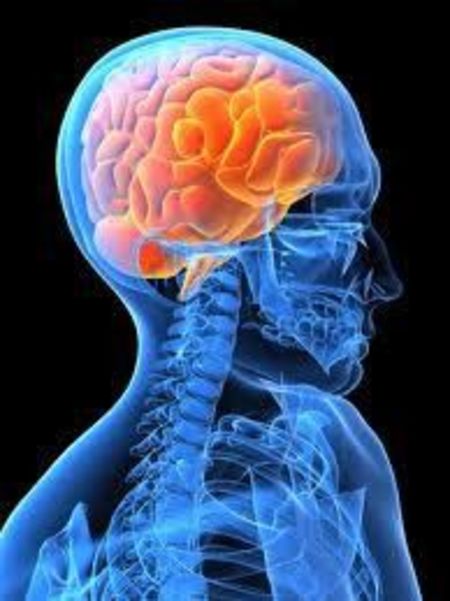Researchers studying new uses for a radiotracer that binds to aromatase, an enzyme essential to the synthesis of estrogen, discovered by chance that it is concentrated in different brain regions than in other animals, according to an article in the November issue of Synapse.
The study took PET scans of six volunteers, three men and three women, after having given them an injection of the radiotracer N-methyl-11C vorozole. The men also got a second scan, after receiving an aromatase inhibitor, to see if the tracer works as advertised. It did - the PET scans showed decreased aromatase concentrations after the men got the inhibitor. The researchers hope the work can help them better understand a hormone implicated in pathologies like Alzheimer's disease and breast cancer.
The researchers also found that aromatase concentrations appeared densest in the thalamus. In earlier animal studies, concentrations were usually higher in smaller regions , such as the amygdala and preoptic area. Although the researchers cannot explain the difference, further follow-up studies are taking place to see if changes in brain aromatase are linked to age, sex, personality and memory. There are also plans to expand the study to include patients with specific diseases.























